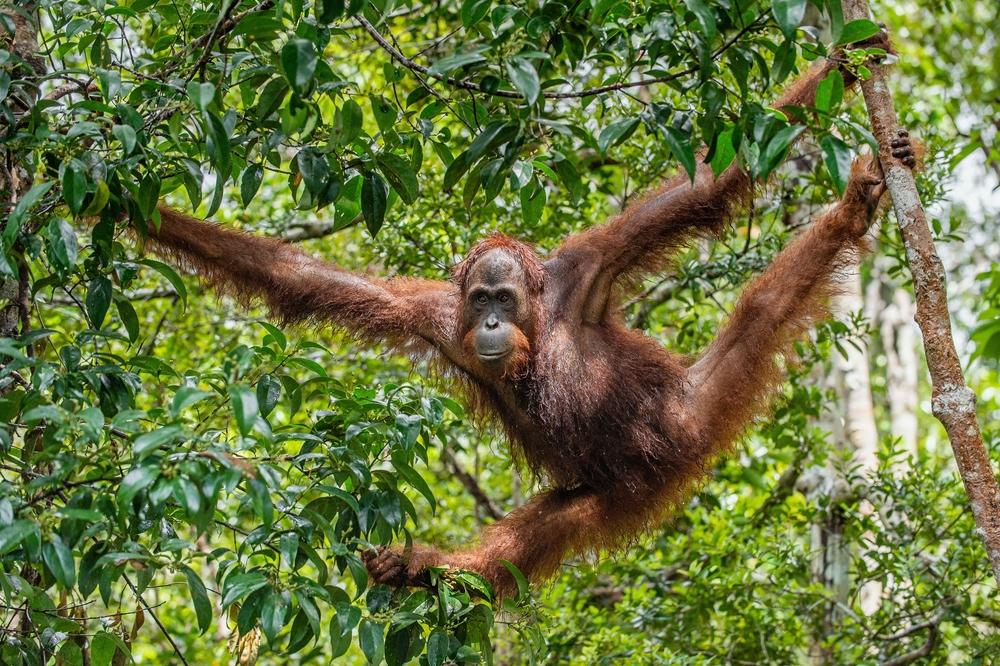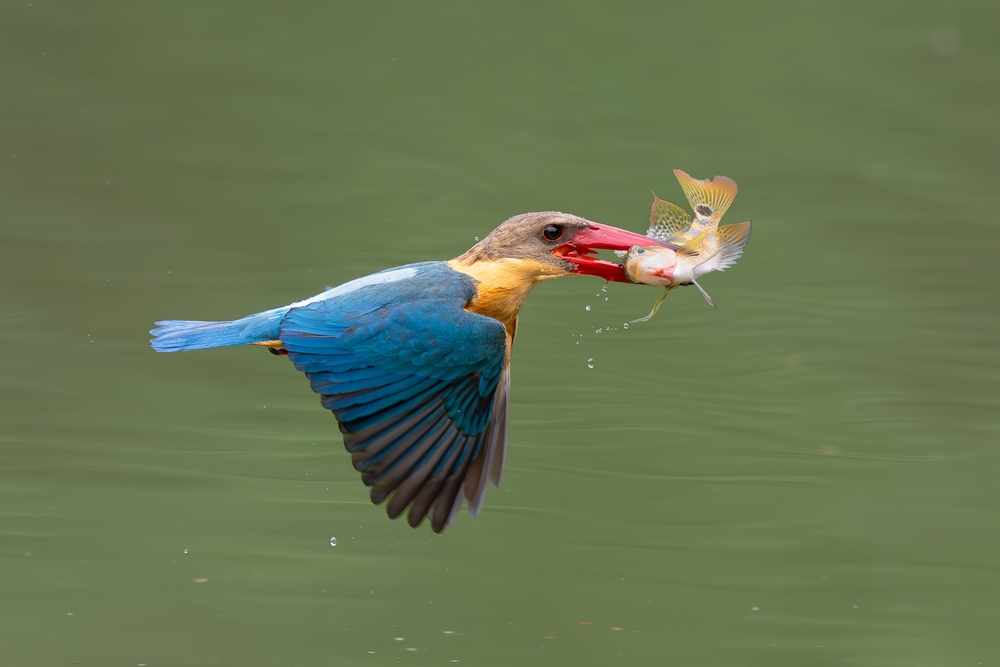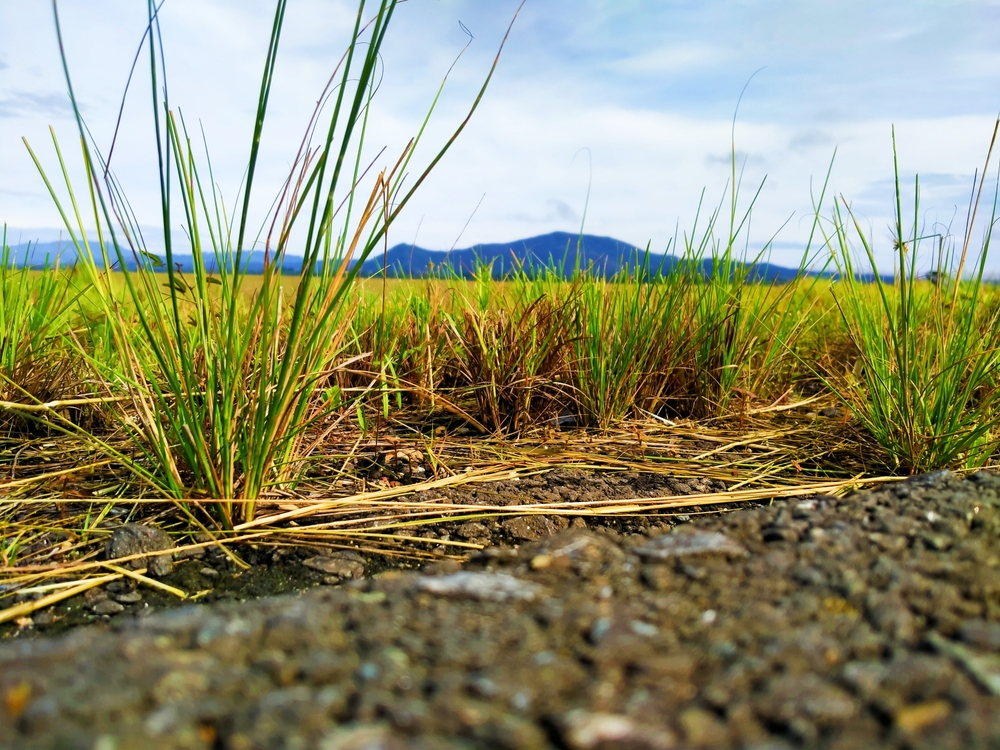Tanjung Puting Overview
Tanjung Puting National Park, known locally as Taman Nasional Tanjung Puting, is a renowned conservation area located in the province of Central Kalimantan on the island of Borneo, Indonesia. Spanning an area of approximately 1,610 square miles (4,150 square kilometers), this park is celebrated for its rich biodiversity, unique ecosystems, and efforts in preserving endangered species.
It is bordered by rivers, including the Sekonyer River, and its landscapes are a blend of dense tropical rainforests, swampy lowlands, mangroves, and coastal ecosystems. The park’s terrain varies from peat swamp forests to dryland dipterocarp forests, making it one of the most diverse ecological areas in Southeast Asia.
The region’s humid climate, along with the intricate river systems, creates the perfect environment for flora and fauna to thrive. The park’s vegetation includes towering tropical trees like ironwood, ramin, and meranti, alongside dense undergrowth of palms, ferns, and orchids.
The mangrove forests along the coastlines are teeming with life and play a crucial role in stabilizing the coastal ecosystem. The park is also home to rich peatland forests, which store significant carbon deposits and contribute to global climate regulation.
Tanjung Puting is perhaps best known as a sanctuary for the endangered Bornean orangutan, making it one of the premier locations globally for observing these majestic primates in their natural habitat. Besides orangutans, the park is home to an incredible array of wildlife, including the agile gibbon, proboscis monkey, sun bear, and Malayan civet. Visitors may also spot clouded leopards, pangolins, and mouse deer.
For bird enthusiasts, Tanjung Puting offers sightings of species such as hornbills, kingfishers, eagles, and the vibrant stork-billed kingfisher. The waterways are populated by crocodiles and monitor lizards, and dolphins have occasionally been sighted near the coastal regions.
Among the park’s most popular features is Camp Leakey, a world-famous orangutan rehabilitation and research center established in 1971. This facility allows visitors to observe rescued and semi-wild orangutans as they are rehabilitated for eventual release back into the wild.
Another popular activity is the leisurely journey along the Sekonyer River aboard a traditional klotok boat, which offers stunning views of the park’s dense foliage, incredible sunsets, and frequent wildlife sightings.
Visitors engage with the park through guided treks, wildlife spotting tours, river cruises, and eco-tourism programs designed to educate and inspire conservation efforts. The park’s management has made significant strides in addressing conservation challenges, such as deforestation, illegal logging, and the threat of palm oil plantations encroaching on the park’s boundaries.
Collaborative initiatives between local communities, international NGOs, and government agencies have been instrumental in protecting the park’s ecosystems and its inhabitants. Reforestation projects and anti-poaching patrols are ongoing successes that underline the park’s commitment to preservation.


















































































